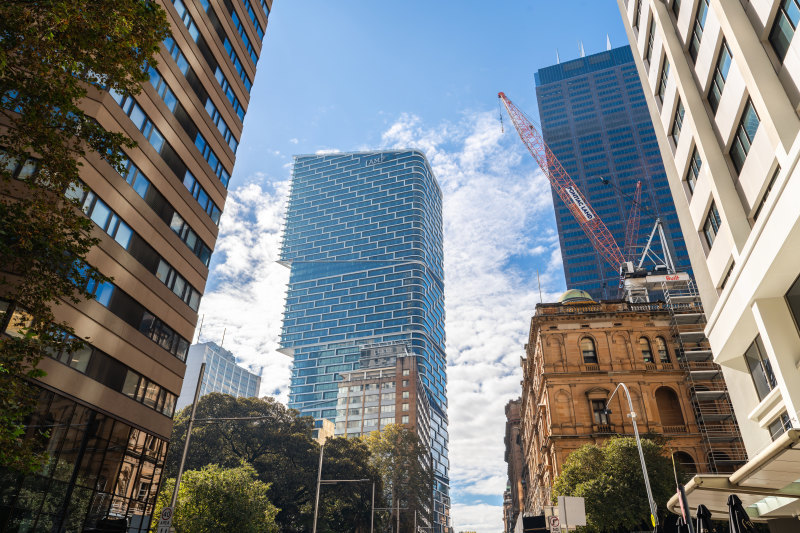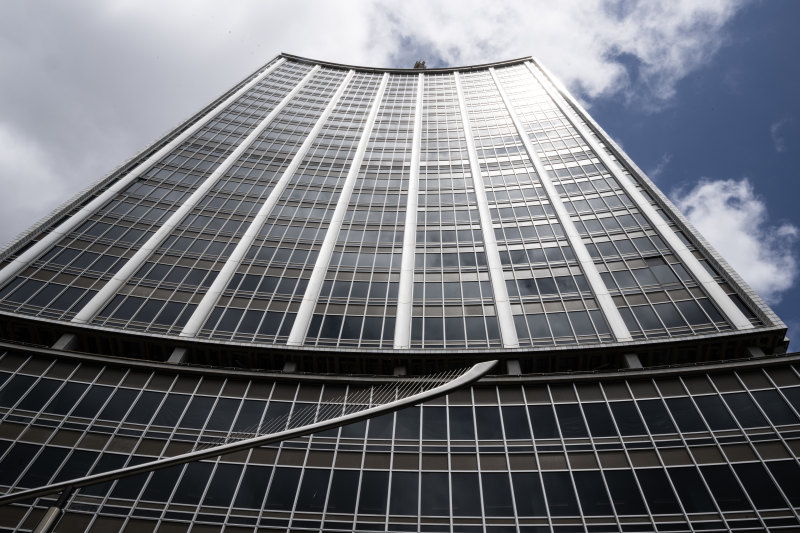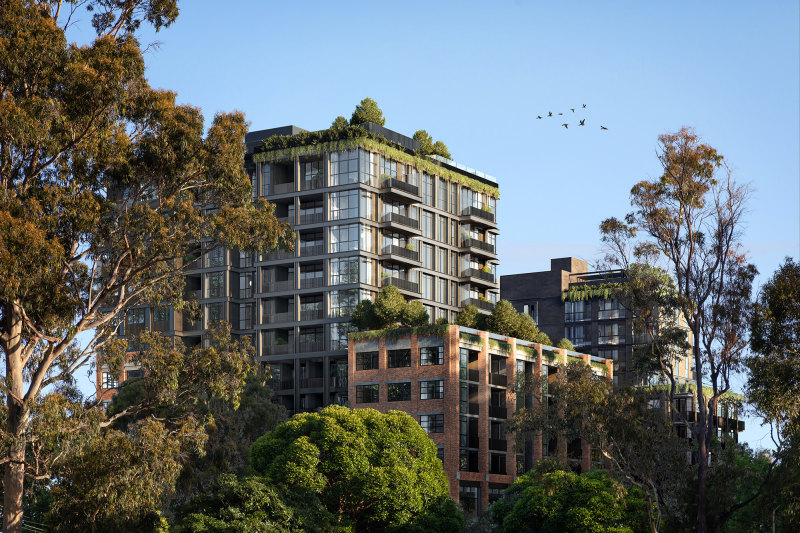
Row of shops in historic Carcoar on the market for less than $1 million
A row of old shops in one of the most historic towns in NSW has hit the market, after featuring in a well-known TV miniseries.
The Terraces, on the main street of Carcoar in the state’s central west, is a row of four shops and adjoining residences.
The building, built in 1876, is on a 2500-square-metre block and comes with a large garage, two carports and a garden. It has been listed for sale by Kore Property, as well as First National Bowyer & Livermore, with an asking price of $960,000.
“It’s unusual and that always creates a bit of interest when you get something as historic as this,” Kore Property’s Phillip Muller said.
All four shops are currently tenanted, including a grocer and gift shop that moved in at the start of the year. Three of the four residences in the building are also tenanted, all together offering a return of $1100 a week, Mr Muller said.
Owner James Moule bought the site in 2002 and spent the next eight years restoring it, mostly by himself, adding new bathrooms, kitchens, laundries, ceilings, floors and roof, all the while retaining its authentic 19th-century appearance.
“When I bought it it was a derelict building – the roof was flapping about in the breeze, there were holes where water had come in and the floors were rotted out,” Mr Moule said. “Now it’s rented out and running very well – it’s in better condition than it was originally.”
He is now selling the property due to health reasons and because he’s moved back to Sydney.
The sale is expected to attract a wide range of buyers, from those looking for a tree change to those looking for a sturdy investment.
“In these country areas you can get someone that buys this purely for the historical value of it and getting a return is a bonus, but it also might attract someone who might want to move out, use one of the shops and live in the residence.”
But whoever purchases the building, Mr Moule hopes they will appreciate the significance of the building, and keep it running as is.
“I’m looking for someone who appreciates it, and only they would really want it,” he said. “I had one lot of people talking about strata-ing it and leasing it out as a B&B, but the amount of extra work required to bring it up to council specifications would make it an uneconomic proposition.”
Carcoar, about three hours drive from Sydney and Canberra, has a population of just over 200 but during the 19th century was one of the most significant centres in the region.
It has been recognised by the National Trust for the number of intact 19th-century buildings in the town.
“Nobody in the town had enough money in the 20th century to modernise the buildings,” Mr Moule said. “In other towns with lots of money they had enough to do terrible things to the buildings and now they can’t be restored.”
The Terraces was originally home to the Great Western Warehouse, which sold a variety of goods including groceries, wine, spirits and ironmongery. In the later part of the 19th century the building served as Carcoar’s temporary School of Arts, and throughout the 20th century had different incarnations, including as a butcher shop, cafe, barber, antique shop and upholsterer.
Mr Moule said the property was surrounded by some interesting history.
“Two doors up from it is the site of the first daylight bank robbery in Australia, and the city bank opposite it had a terrible axe murder,” he said. “It’s a very colourful town in that sense.”
The building has been featured in a number of movies and TV shows, including in the miniseries Jessica, based on the Bryce Courtenay novel. The Terraces served as the home of the character played by popular actor Sam Neill.












